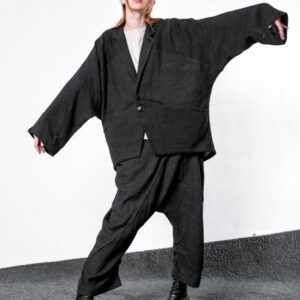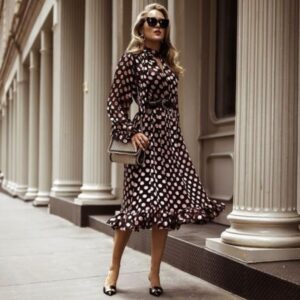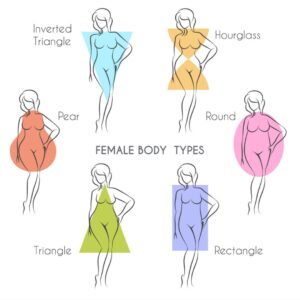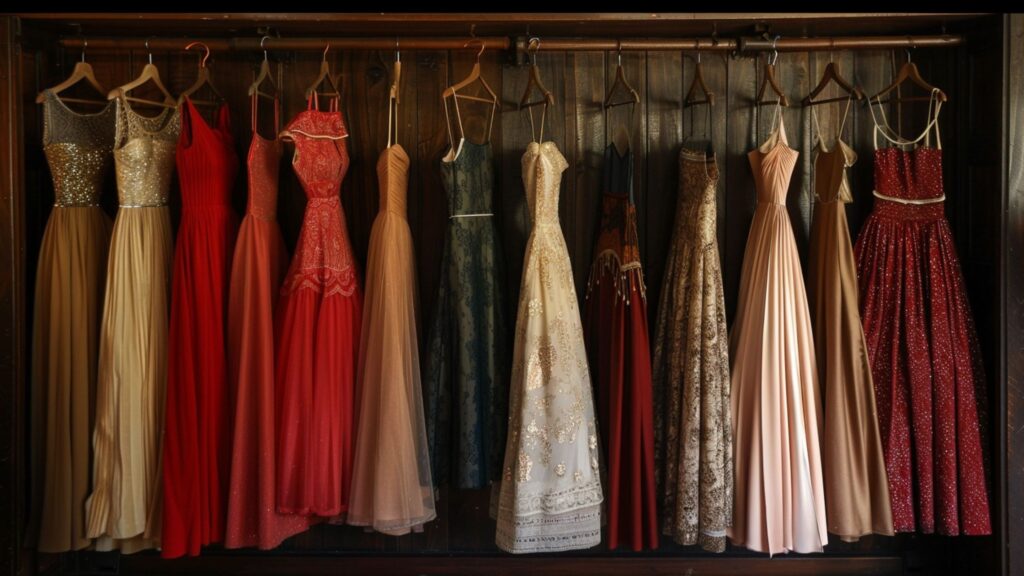Understanding Proportions
When it comes to dressing, proportions are everything. Understanding your body’s proportions is crucial to creating a balanced and flattering look. Proportions refer to the relationship between the different parts of your body, such as the bust, waist, hips, and legs.

Balancing Top and Bottom
One of the most important aspects of balancing proportions is making sure that your top and bottom halves are in harmony. This means balancing the volume of your top half (bust and shoulders) with the volume of your bottom half (hips and legs).

Considering Height and Volume
Height and volume are also important factors to consider when balancing proportions. If you’re petite, you’ll want to avoid overwhelming your frame with too much volume on top or bottom. Victoria Beckham can be your ultimate inspiration. If you’re taller, you can pull off more volume and drama in your outfit.

How Understanding Proportions Can Help Different Body Types
Balancing proportions in dressing is easier when you understand different body types to achieve a flattering look.
Here’s how:

Hourglass Figures
Hourglass figures are characterized by a curvy bust and hips, with a defined waist. To flatter an hourglass figure, emphasize your curves by highlighting your waist and bust. Use belted dresses or tops to accentuate your waist, and push-up bras to enhance your bust.
Pear-Shaped Figures
Pear-shaped figures are characterized by a smaller bust and larger hips and thighs. To balance a pear-shaped figure, add volume on top with ruffled tops or statement necklaces. A-line dresses and skirts can also help balance the hips and thighs.
Rectangular Figures
Rectangular figures are characterized by a straight up and down silhouette, with similar measurements throughout. To add curves to a rectangular figure, try flared pants or skirts, and peplum tops. Ruffles and gathering can also add volume and interest to a rectangular figure.
Petite Figures
Petite figures are characterized by a smaller frame and shorter stature. To flatter a petite figure, avoid overwhelming your frame with too much volume on top or bottom. Instead, opt for clean lines, simple silhouettes, and a balanced proportion of top and bottom halves.
Athletic Figures
Athletic figures are characterized by a muscular build and a smaller bust. To flatter an athletic figure, emphasize your curves by highlighting your waist and bust. Use belted dresses or tops to accentuate your waist, and push-up bras to enhance your bust. You can also add volume on top with ruffled tops or statement necklaces.
By understanding your body type and proportions, you can create a flattering and confident look that accentuates your best features. You can always order a customized dress to ensure a perfect fit from here!
Conclusion
Balancing proportions is a crucial aspect of dressing that can make or break an outfit. By understanding your body’s proportions and learning how to balance your top and bottom halves, consider height and volume, and use proportions to enhance your body type, you can create a flattering and confident look.


